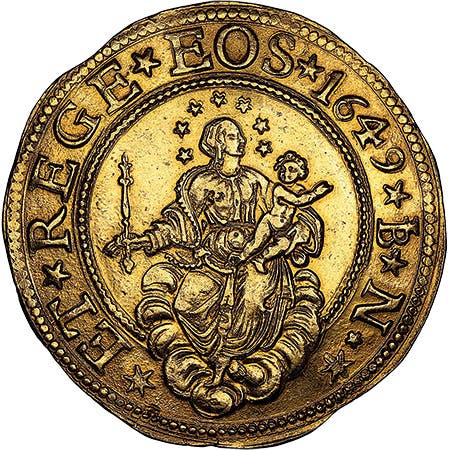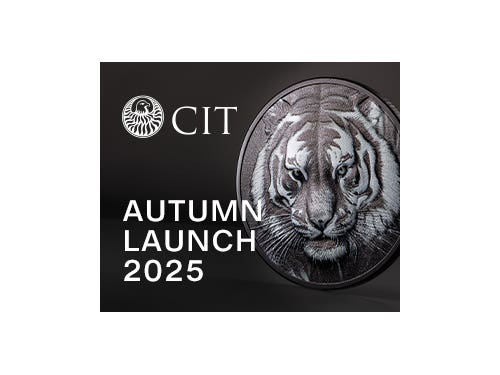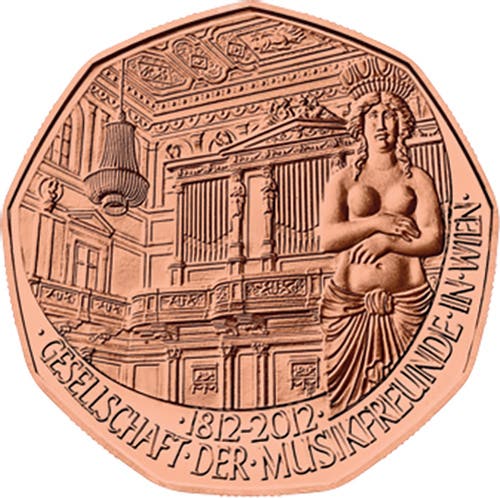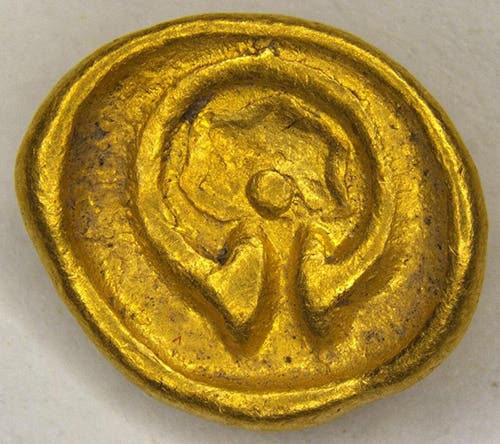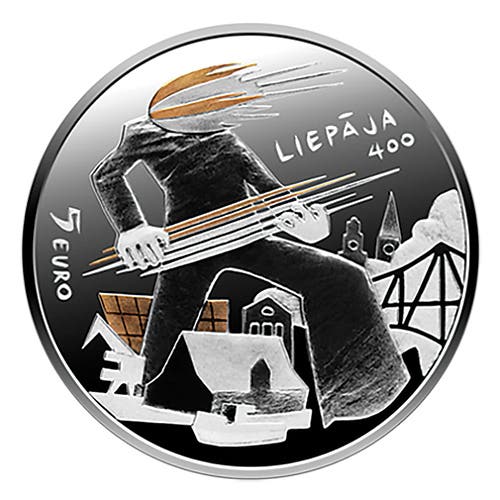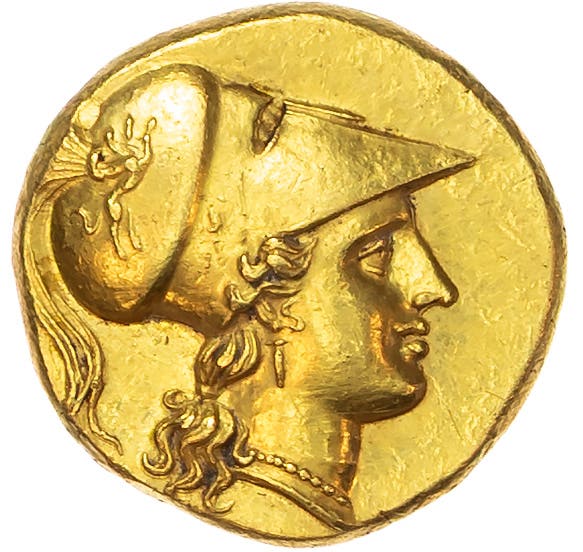Morgan $1 legend placement illegal
The Coinage Act of 1873 specified that the legend, E PLURIBUS UNUM, be on the reverse of all coins struck after that date. On the Morgan dollar, it appears on the obverse above the head. The same problem occurred with the design of the Liberty Head, or “V,” nickel.
Wasn’t there something about the Morgan dollar design that was illegal?
The Coinage Act of 1873 specified that the legend, E PLURIBUS UNUM, be on the reverse of all coins struck after that date. On the Morgan dollar, it appears on the obverse above the head. The same problem occurred with the design of the Liberty Head, or “V,” nickel.
Is it true that a Mint employee could be put to death for debasing a gold or silver coin?
A casual reference to this popular fate for early counterfeiters sent me on a search through the reference library. Although the law is no longer on the books (apparently rescinded in 1806), it did at the time provide the death penalty.
Several patterns for U.S. coins are known with holes in the center, but we’ve never had a holed coin. Any special reason for this?
Trace it to the Coinage Act of 1792, which specified, “a device emblematic of liberty.” Since there was no room on a holed coin for such a device, Congress never approved a holed coin.
What authority did President Franklin D. Roosevelt have to close the banks, prohibit the sale or export of gold and stop the minting of U.S. gold coins in 1933?
None, very little, or lots, depending on who you talked to at the time. Authorities on constitutional law claimed that there was little if any legal precedent for his actions and that they were quite probably unconstitutional. The point was moot, because Congress in a rare burst of speed passed The Emergency Banking Act in a single day (March 9, 1933). The act retroactively gave him the legal power to do what had already been accomplished.
Like what you're reading? Subscribe to our FREE email newsletter![form id="27827"]
Are there any “blue laws” still on the books relating to coins?
Probably not too many, although the state of New Hampshire didn’t get around to repealing one coinage legal matter until 1950. The repealed item was a clause in the state constitution that required that money matters were to be computed in shillings and pence.
In 1857, when the government ended the circulation of foreign coins in the U.S., the Spanish dollars were redeemed, but did they pay full value for them?
The coins from a variety of countries, but mostly Spanish reales, including the 8 reales or Spanish dollar, were redeemed at post offices, land offices and at the U.S. Treasury but only for about 80 cents to the dollar. This was due in part to the fact that many of the coins had been worn smooth from years of hard usage.
Is it true that the Mint referred to proof coins as medals?
There are several instances of this, including the subterfuge of selling the Trade dollar proofs as medals to get around the Treasury Department order halting production of the Trade dollar in 1878.
More Coin Collecting Resources:
• Subscribe to our Coin Price Guide, buy Coin Books & Coin Folders and join the NumisMaster VIP Program




